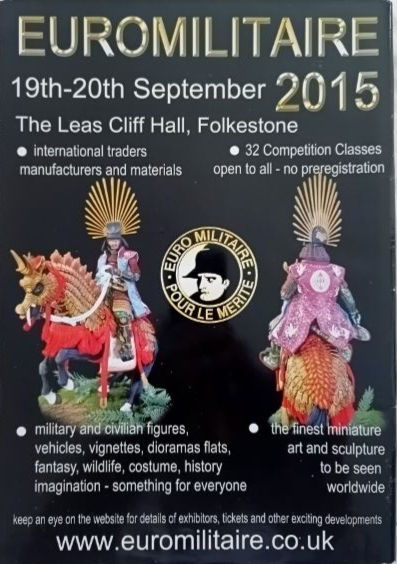
It starts with a low growl. Then come the spits and sputters.
That’s how pilot Charlie Hainline describes the distinct sound and feel of a vintage warplane like the Avenger revving up.
“They come alive, they don’t just start,” he said.

Hainline is a retired Air Force lieutenant colonel who flew combat missions in Iraq and Bosnia and is now part of the staff of Lone Star Flight Museum at Ellington Airport, recently piloted a different sort of mission which involved a short flight to Pearland.
The Avenger torpedo bombers saw their own share of battles, like flying over dark skies while fending off the enemy fire during World War II, and Hainline recently piloted one out of Ellington to a hangar at Pearland Regional Airport for the needed restoration.
For Hainline, it was like traveling in a time capsule.

“I love history, and researched World War II history all my life and have always wanted to fly one of these planes. So, this is a dream come true to do it,” he said.
In addition to seeing service during World War II, the TBM-3E Avenger was a distinctive addition to the museum because it is the same type of warplane flown by President George H.W. Bush as a 20-year-old Navy pilot during the war. On Sept. 2, 1944, Bush’s plane was shot down while on a dive bombing mission on a Japanese radio transmitter on the island of Chichijima. Two of Bush’s crewmen were killed. While Bush survived to fly more missions after a rescue by a submarine, his plane — named “Barbara III” after his wife — was never recovered.

After the museum acquired an Avenger, plans were made for its restoration and to honor Bush by repainting it as a replica of “Barbara III.”
The heaviest single-engine aircraft of World War II, the Avenger carried a crew consisting of a pilot, turret gunner and radio operator. It was equipped with a machine gun mounted in the nose, a .50-caliber gun positioned next to the gunner’s head and a hand-fired machine gun under the tail to defend against attack from below or behind.

‘Guts and fortitude’
From a modern pilot’s vantage point, said Hainline, the Avenger, with its stripped-down, skeleton technology, provides him with a perspective of what earlier generations of pilots endured.
“The things those men did with those airplanes with what they had is incredible,” he said. “They flew hundreds of hundreds of miles to a target and had to come back to (an aircraft carrier) that had been moving the whole time … without GPS or even navigator because they had to do it themselves.

“It was low-tech, but their education had to be better,” he said. “They had to know a lot more about the wind and weather.”
To Hainline, the earlier pilots had to summon a special kind of courage.
“They went in there knowing odds were pretty good they might not be coming back, and a lot of those guys were 19, 20 years old,” he said. “And what’s always impressive is how young they were when they were brought into that situation. When they launched off that aircraft carrier, there was a lot of guts and fortitude. That’s not gone today, but I believe there is less risk in being a combat pilot today than back then.”
The Avenger’s move from Ellington to Pearland is timed to the museum’s two-year anniversary at Ellington Airport, which opened in September 2017.
The restoration will include technological upgrades to meet today’s safety standards and the bomber will be outfitted to replicate the look and feel of Bush’s plane inside and out. Once the restoration is completed, the Avenger will return to Ellington and the museum and eventually be available for individual flights.

The restoration, which is expected to last between six and nine months, is co-funded through a partnership between the Gary Sinise Foundation, the Robert and Janice McNair Foundation and Lone Star Flight Museum board member James Bath.
The Avenger and other warbirds like her, are more than historical artifacts, said Hainline.
“The importance of having a new generation to be able to touch it, to see how big or small it is …and to hear it come alive,” he said. “Those engines have a personality and they belch and they smoke and they sputter and they wake up - it’s a dramatic event and just a treat to watch.”

That ritual becomes more important as the number of veterans of World War II declines each year, Hainline said. Bush died in 2018, with crowds lining streets near Ellington to pay respects when his casket was flown to Houston to be transported to College Station for burial.
“We can’t hear the veterans of that era anymore, almost, and can’t talk to them, and this (Avenger) is like an inanimate object but it’s not,” he said. “It can talk to us and let us know what those guys went through.”
(Source: Yvette Orozco, Houston Chronicle- 8/10/20190































